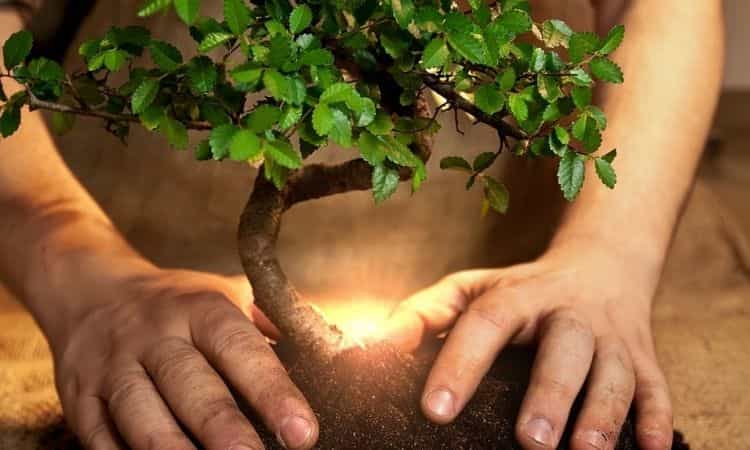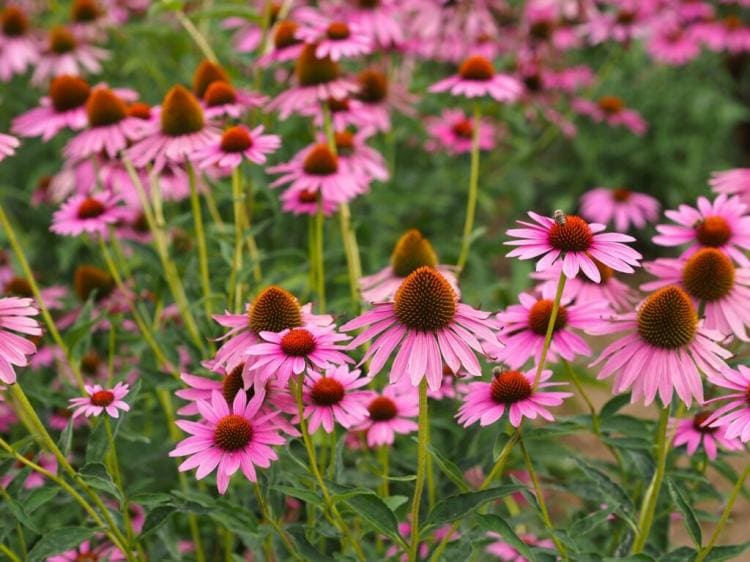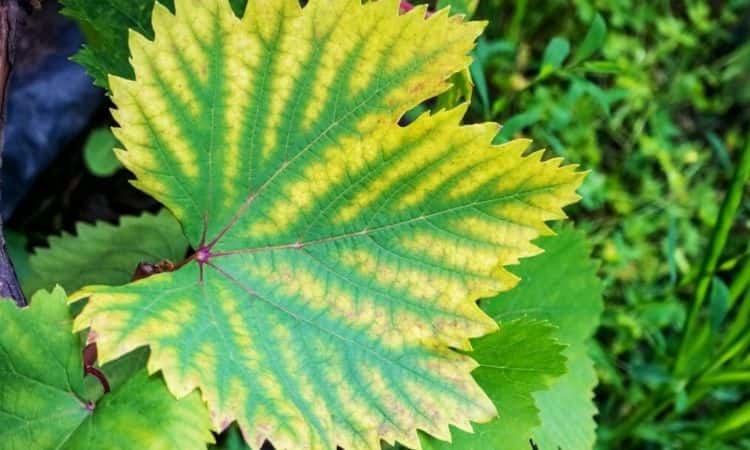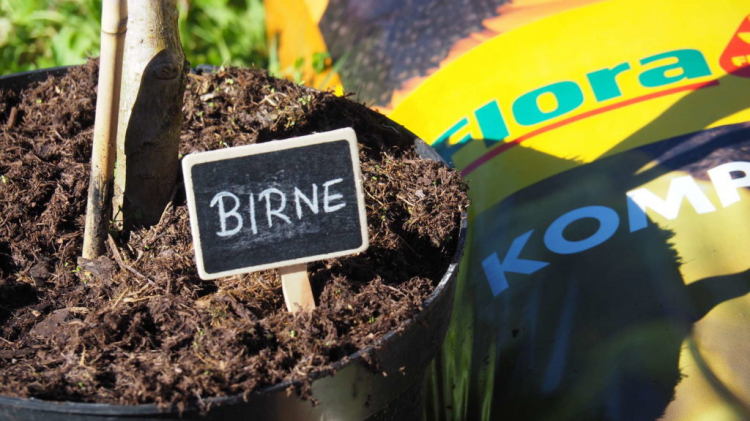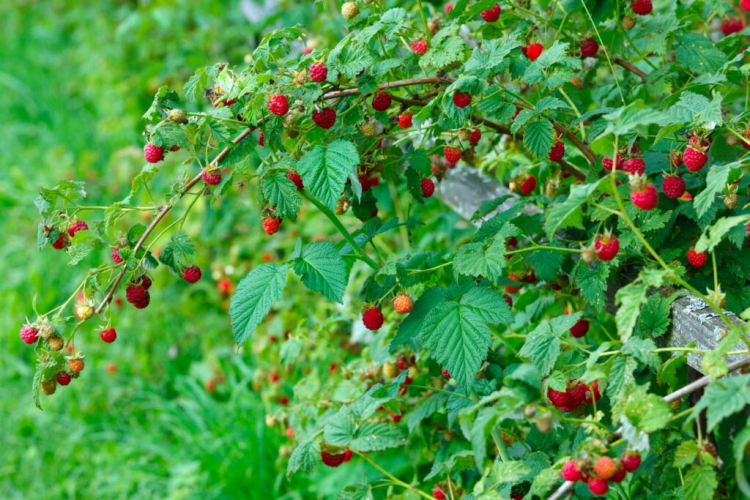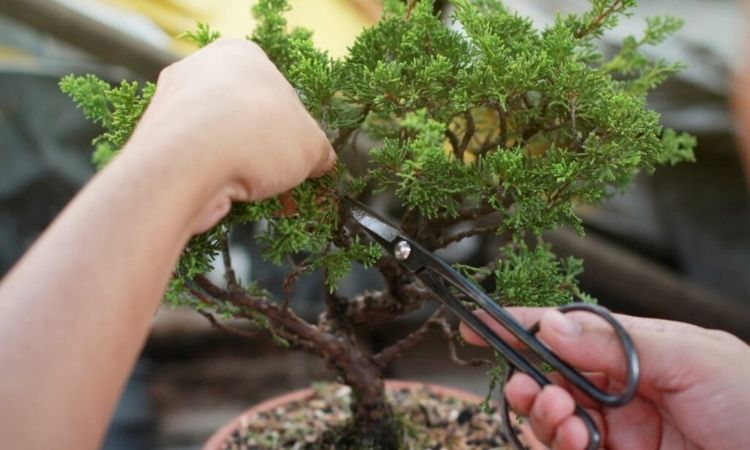Bonsai Fertilizer: 10 Professional Tips On The Right Fertilize
Even the smallest tree needs nutrients from time to time. We show when and how to fertilize your bonsai and which fertilizer is best suited for this. Just like with its free-growing conspecifics, the care of a bonsai includes the regular supply of nutrients.
The correct fertilization does not only depend on the plant species that was raised to become a bonsai. The location, the season, and the weather conditions are also reflected in the nutrient requirements.
Also, the culture in high-quality bonsai soils brings a few special features. This must also be taken into account when choosing the fertilizer, the amount of fertilizer, and the time of fertilization.
Since the bonsai has to make do with a relatively small volume of soil, its care requires particularly careful and well-dosed fertilization. But caution is not only necessary because of the limited root space: Since very different types of trees can be cultivated to become bonsai, there is no universal bonsai fertilizer. In the following article, however, we would like to give you an understanding of the generally valid basics of bonsai fertilization.
When should you fertilize bonsais?
Table of Contents
Basically, the first rule is that your bonsai should be fertilized every time you replant. Repotting is done in early spring and old substrate is removed from the roots of the bonsai as completely as possible and the roots of the tree are slightly shortened.
You might so like: 22 The Most Popular Bonsai Species
The chosen bonsai soil is then fertilized with 20 grams of horn shavings per square meter. This means that just a teaspoonful is added to a small bonsai bowl. The horn shavings provide nitrogen and phosphate for a long time and thus serve as basic fertilization.
After planting, you should not fertilize for four weeks. The horn shavings do not release any nutrients in this short time – and that’s good because the lack of nutrients stimulates the root development of the bonsai.
Afterward, regular fertilization begins, the intervals between which depend on the choice of your fertilizer. The fertilization takes place from the sprouting in spring until autumn and is paused in winter. Finally, during the cold season, our photosynthetic garden inhabitants run on a low flame and quickly react negatively to too much fertilizer.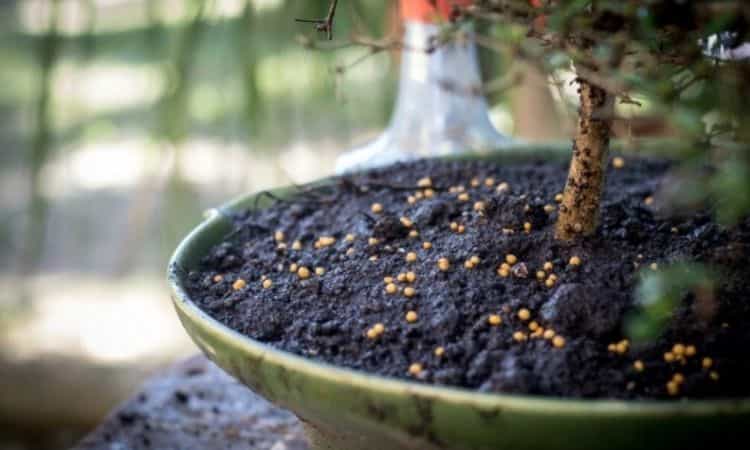
With evergreen room bonsais, which are not so strongly exposed to the course of the seasons, the reduction of the nutrient requirement is also limited. This means that with indoor bonsais you need to provide energy even in winter with regular fertilization.
However, the fertilization, as well as the watering of the bonsais in winter, is reduced. If a plant is ailing, you should first rule out whether overfertilization could be the reason. The nutrient supply is first stopped to wait for a possible improvement.
If you have ruled out overfertilization, you can resume fertilization. If over-fertilization is the problem, the bonsai may even shed its leaves early. Here you can find out what other reasons can cause the leaves to fall off a bonsai.
When To Fertilize The Bonsai?
- Plant fertilization: 20 g/m² horn shavings, then stop fertilization for 4 weeks.
- Garden bonsais: spring to autumn; do not fertilize in winter.
- Room bonsais: spring to summer; reduced in winter.
- Sick plants are not fertilized.
How much fertilizer?
Since bonsai is not a fixed type of plant, but a variety of beautiful plants that fall under the collective term “bonsai” due to their cultivation method, the question of the amount of fertilizer is difficult to generalize. The following factors influence how much fertilizer you should use:
- Fast-growing bonsais have a higher fertilization requirement than slow-growing ones.
- More fertilizer is applied in the summer half-year than in resting periods in the winter.
- If the substance is to be built up, more fertilizer is applied than if only the shape is maintained.
- In stressful situations such as heat stress, illness, or after repotting, little or no fertilization is applied.
- The older the tree, the lower the need for fertilization, since older plants grow much slower than young bonsais.
- If the bonsai should flower or it already does, you should fertilize only a little, because otherwise, the bonsai could shed its flowers.
- Bonsais with a lot of undergrowth are fertilized more heavily.
- Permeable substrates with low organic content are fertilized more often and in small doses. Bonsai soils with higher organic content can be provided with fertilizer at greater intervals.
- Species in need of nutrients are fertilized more than undemanding species.
However, a golden rule applies to every bonsai: It is better to fertilize at regular intervals with small doses, otherwise, over-fertilization will quickly occur. Your bonsai will react to this by shedding leaves or, in the worst case, even die.
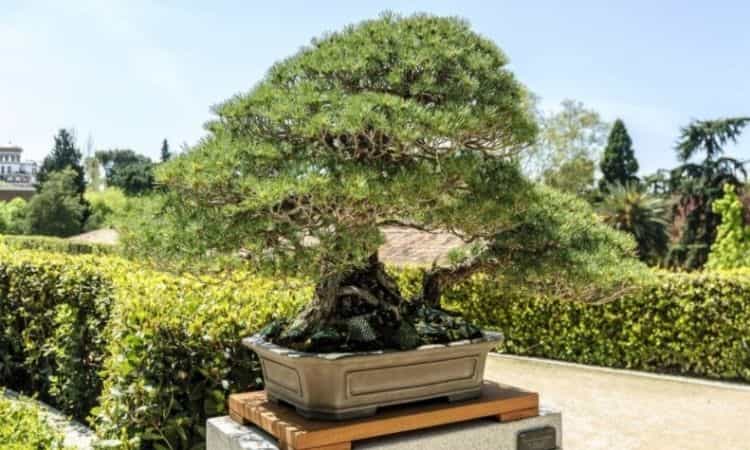
To allow the plant to recover from over-fertilization, you should wash the excess nutrients out of the substrate or repot the bonsai in new bonsai soil. To prevent overfertilization from occurring in the first place, it is important to follow the instructions for use of the fertilizer.
The Perfect Bonsai Fertilizer
Of course, there are special bonsai fertilizers. However, these probably differ from other fertilizers mainly by their higher price, because bonsais also need the same 14 essential nutrients as other plants. Certainly, there are species-specific differences, but of course, no universal bonsai fertilizer can meet these needs.
Fertilizing bonsai organically or with minerals?
In general, fertilization in spring should be nitrogenous to stimulate leaf growth. In summer, balanced fertilization is important and in late summer and autumn, especially for garden bonsais, a good supply of potassium is crucial to ensure the necessary frost resistance.
- Then there is the choice between organic and mineral as well as liquid and solid fertilizers. This choice is left to everyone and of course, bonsai experts also have likes and dislikes.
- However, both are possible. Organic as well as mineral liquid fertilizers are added to the watering water, have to be spread in shortest intervals, and are available very quickly.
- Solid mineral fertilizers are quickly available, but have an unnecessarily large ecological footprint and can quickly lead to overfertilization if dosed incorrectly.
- Solid organic fertilizers work somewhat slower, but longer and do not cause overfertilization.
The special organic fertilizer pellets can be dissolved in the irrigation water as well as fixed in fertilizer baskets on the surface of the substrate – the small baskets prevent them from being washed away, blown away, and eaten by birds.
For autumn fertilization of garden bonsais, we recommend organic autumn Lawn Fertilizer. This means that the set for an animal-free and natural nutrient supply for your bonsai is already complete and only needs to be adjusted in the dosage as described above.
However, natural organic fertilizers such as compost and manure are not suitable as fertilizer for your bonsai. They have to be worked into the top layer of the soil every year – but this is extremely difficult when cultivating the shell.
Bonsais, which like the azalea (Rhododendron) or fucientea (Carmona microphylla) are sometimes known for their beautiful flowering, need a fertilizer with a high phosphate and potassium content, as this contributes significantly to the development of a lush flower mantle. And evergreen coniferous trees enjoy extra magnesium to keep their coniferous coat a bright green color even in winter.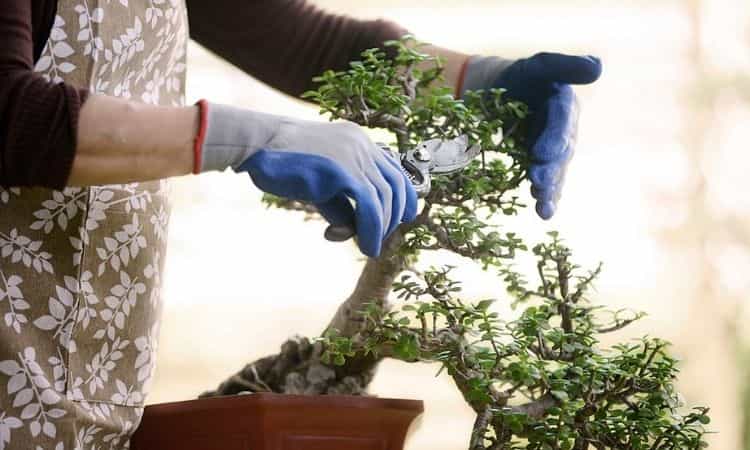
- It does not necessarily have to be the special bonsai fertilizer
- Organic, mineral, liquid, or solid fertilizers are possible
- Fertilizer pellets are attached to the surface of the substrate with a basket
- The correct fertilizer composition generally depends on the season
- Flowering bonsais need more potassium and phosphate
- Evergreen conifers benefit from a little extra magnesium
The Perfect Bonsai Fertilizer For Every Season
As mentioned above, fertilization can be adjusted to the growth of the bonsai. A distinction is made between outdoor bonsai and indoor bonsai. When budding out in spring, bonsais – whether indoors or outdoors – need a nitrogen-rich fertilizer.
In this way, they support the formation of leaves, shoots, and buds. Deciduous trees, which have to re-form their leaves, need more nitrogen than coniferous trees. In the summer, they rely on a balanced NPK ratio, but young and fast-growing bonsais need a higher nitrogen content than old and slow-growing plants.
In the fall, indoor bonsais continue to be fertilized as before, because the plants are exposed to largely constant temperatures and balanced lighting indoors. For outdoor bonsais, continued nitrogen fertilization would not be beneficial.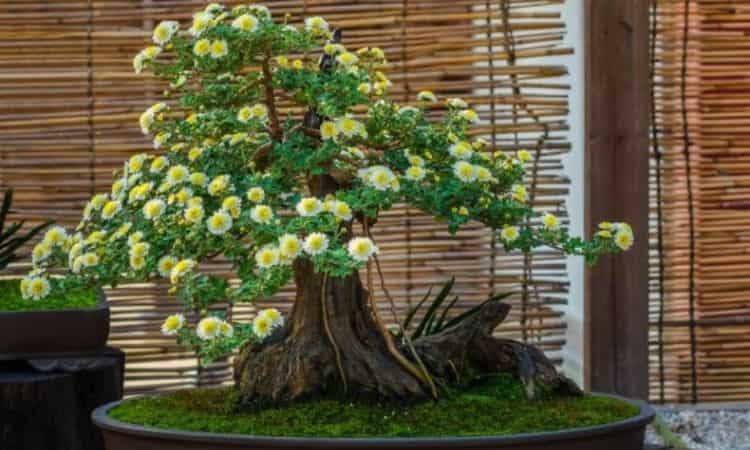
Instead of using nitrogen to further promote shoot development, you should use a potassium fertilizer in August and September for autumn fertilization. In this way already formed shoots harden faster and the resistance of the plant to frosty temperatures is increased.
This contains not only potassium but also magnesium, which is important for the formation of chlorophyll. Those who swear by mineral fertilizers for organic autumn fertilization with phosphorus, potash, and magnesium can at the same time support growth and flower formation in spring. In winter, garden bonsais do not need to be fertilized at all and indoor bonsais only need a reduced amount of fertilizer.
